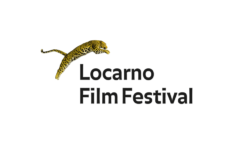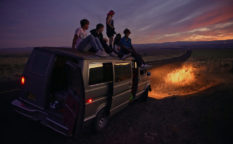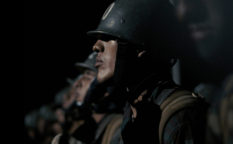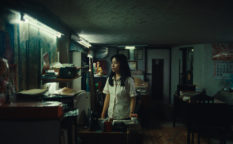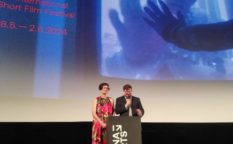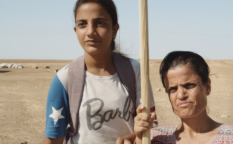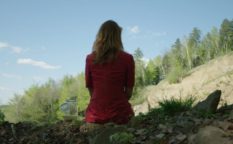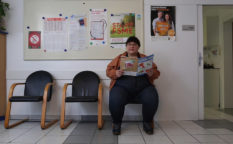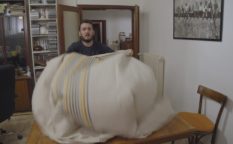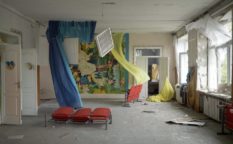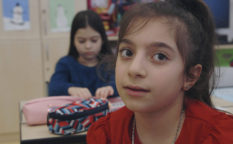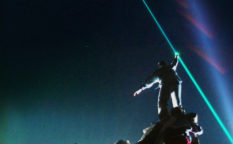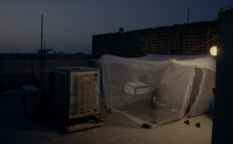Reflections 14
Does it matter if you don’t see what others see?
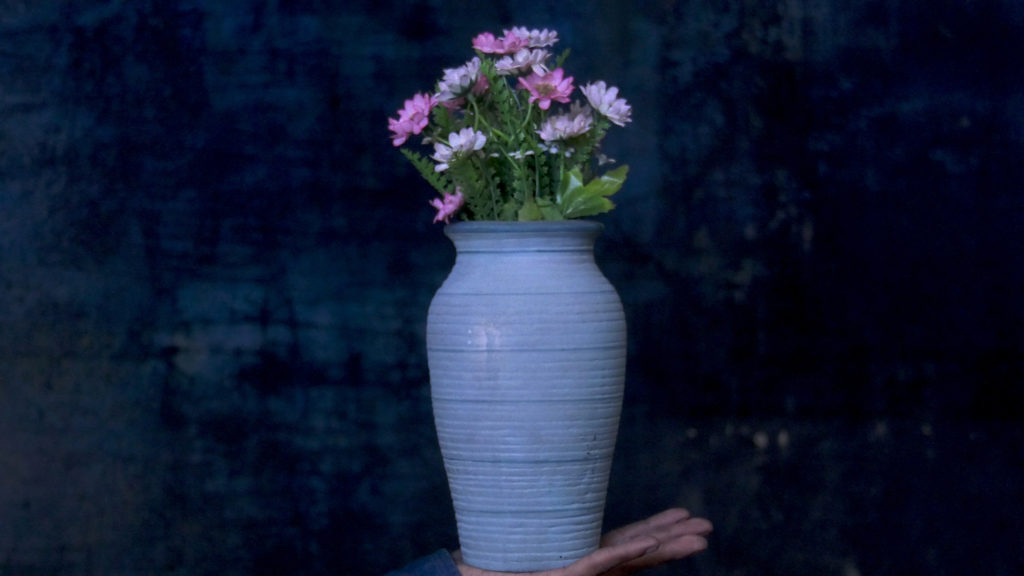
I have a unique talent for either deliberately avoiding or accidentally missing the screening of winning film(s) at film festivals. For example, I have only been to Cannes once and I saw every competition film except that year’s winner – I think it was day four or five and I hadn’t yet managed a single meal, so, hangry as I was, I sacked off a screening to go get a pizza. The pizza was fine, the film was apparently better. C’est la vie.
Attending film festivals at home has, by now, become some kind of normal. So normal, that even from my sofa, I missed (most of) the winning films at this year’s IFFR (of the eleven winners, I saw just two, and not the Tiger). What I did see was one or two of the winning short films – but only because shorts are never given the same reverence as features and, as such, the press release about the winners was sent my way before the films disappeared from my virtual screening room. Sunsets, everyday, part of Marscarilla 19 – Codes of Domestic Violence, commissioned by In Between Art Film, explores the “emergency within the emergency”; domestic violence in lockdown. The codes, which are explicated beautifully in the film’s accompanying press notes, were not what I saw at first look.
Which is precisely the point the film and the wider project are making: we don’t see domestic violence, only its signifiers, whose signifieds tragically pass so many of us by. But I was far too consumed by what was on the surface to see clearly beneath it. Watching men, sweat pouring from their brows, as they repeatedly pushed a mop over a living room floor, or as they set up and ate pieces of fruit, carried drinks, or talked loudly on their mobile phones, all I could see were the crowned droplets their chin-hugging masks ought to have caught. It’s difficult, my surface reading of the film fittingly reveals, to see that “emergency within the emergency”. We are hailed by the visual ideology of the pandemic and, in its wake, we either wilfully or accidentally ignore what else is going on.
Flowers Blooming in our Throats, which was nominated by the FIPRESCI jury for the European Film Award, was also part of Marscarilla 19. Perhaps a little more literal, if lyrical, with its rhythmic hand gestures and occasionally open but more often closing windows, as well as its intermittent red wash, Flowers felt more neutral in aesthetic and tone. But both films struck me for their abilities to do (paradoxically conceal) the very thing they exposed.
Using form in this way to dig into content and context always takes me by surprise, even though I actively look for it. It feels like firm hands pressing down on my shoulders; like I didn’t move out of the way fast enough. This feeling is, too, part of the intent for any film trying to communicate unseen abuse or oppression.
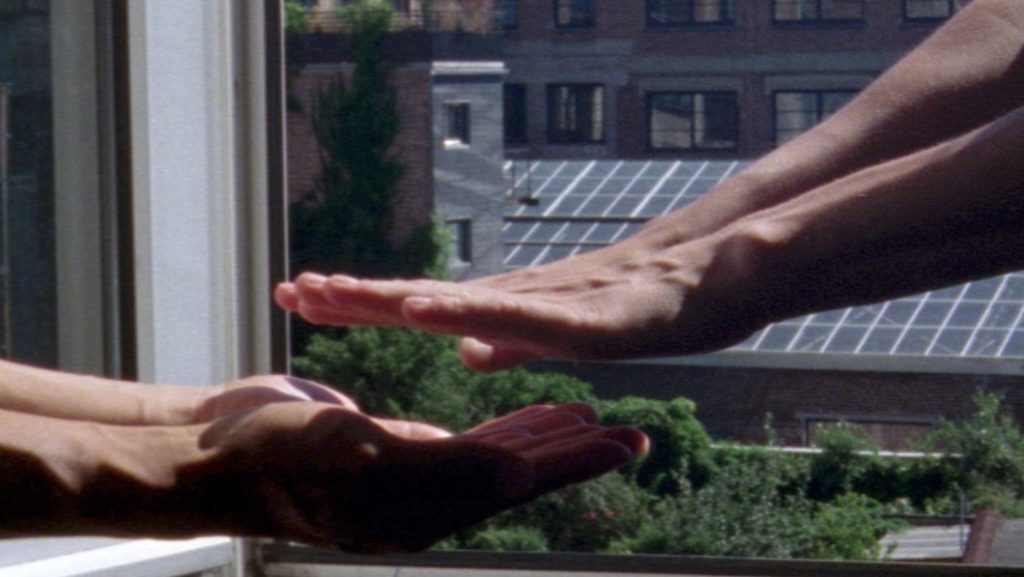
For Gritt (Birgitte Larsen), the titular character in Itonje Søimer Guttormsen’s dramatic feature that flirts with documentary modes, this feeling is a persistent state of being. Her simply existing is a reciprocal pressing down, a movement a moment too late, and an (albeit at least occasionally wilful) act of not seeing what others see. Gritt is a commentary on the exploitative and commercial nature of the arts industry. It also questions the responsibility of collaborative creativity through Gritt’s attempt (and failure) to work creatively with a local group of asylum seekers, using their experiences (lives, vulnerabilities, traumas) to tell an ‘important’ and moving story. And, more pointedly, the film questions what role success plays in the thing its maker considers their practice.
By its very nature, the term ‘practice’ suggests an attempt yet it never so boldly claims an outcome. Creative practice, when it comes to films entered into competition, are at the very least in the running – if not in it entirely – for the prospect of winning. But what can a film win? Awards might equal influencing and engaging press, media, and potential sales and distribution agents, at least in more IRL times, anyway. But what else?
One of my favourite things about sitting in cinemas in Rotterdam, awaiting a programme to begin, was the split screen buzz puzzle that featured tweets, an emoji film title game, audience response shortlist, and other events under spotlight during the festival. It created a visual representation of the activity of other people seeing what I did not see. This year, aside from an occasional Tiger-related tweet or Insta post, I wasn’t even sure that I was missing out. My usual, an oddly intense FOMO for a festival I am physically at, was literally invisible this year.
In 2020, IFFR was the only film festival I attended IRL. This year, it is the first (and far from the last) festival I’ll attend online. Virtual IFFR has hit me harder than most, and not just because it was the last time I went anywhere, but also because I miss seeing the things that only I see when I attend: dinner at Tai Wu isn’t just great food it’s also a table surrounded by critical minds so sharp they are able to water and grow my own; a drink at De Doelen isn’t just a light beer but a chance encounter with someone whose art might change my life; a late night performance at WORM isn’t just an experience, it’s existing, in a moment and movement in time.
IFFR is where I saw a screen literally on fire, it is where I watched a film so formally affecting it evoked la petite mort, where I watched Mark Cousins axe a DCP and where Dr Peter Walsh and I filmed and performed a living picture presentation.
What I wonder about now, as the festival is ‘over’, is how I might escape Plague Island (aka The UK) in the coming months and (hoping for a miracle of being vaccinated in time) visit Eye Filmmuseum in Amsterdam to immerse myself in the spatial offering of this year’s Critics’ Choice collaboration, an event highest on my film criticism priority list. The exhibition notes say, “[F]ilm has always been much more than a projection on a screen… film, right from the start, was also a spatial experience. Film would not be film, a festival not a festival, and a museum not a museum, if that whole story was not told.”
What I miss/ed, this time, is only the whole story. Baise ma vie.

